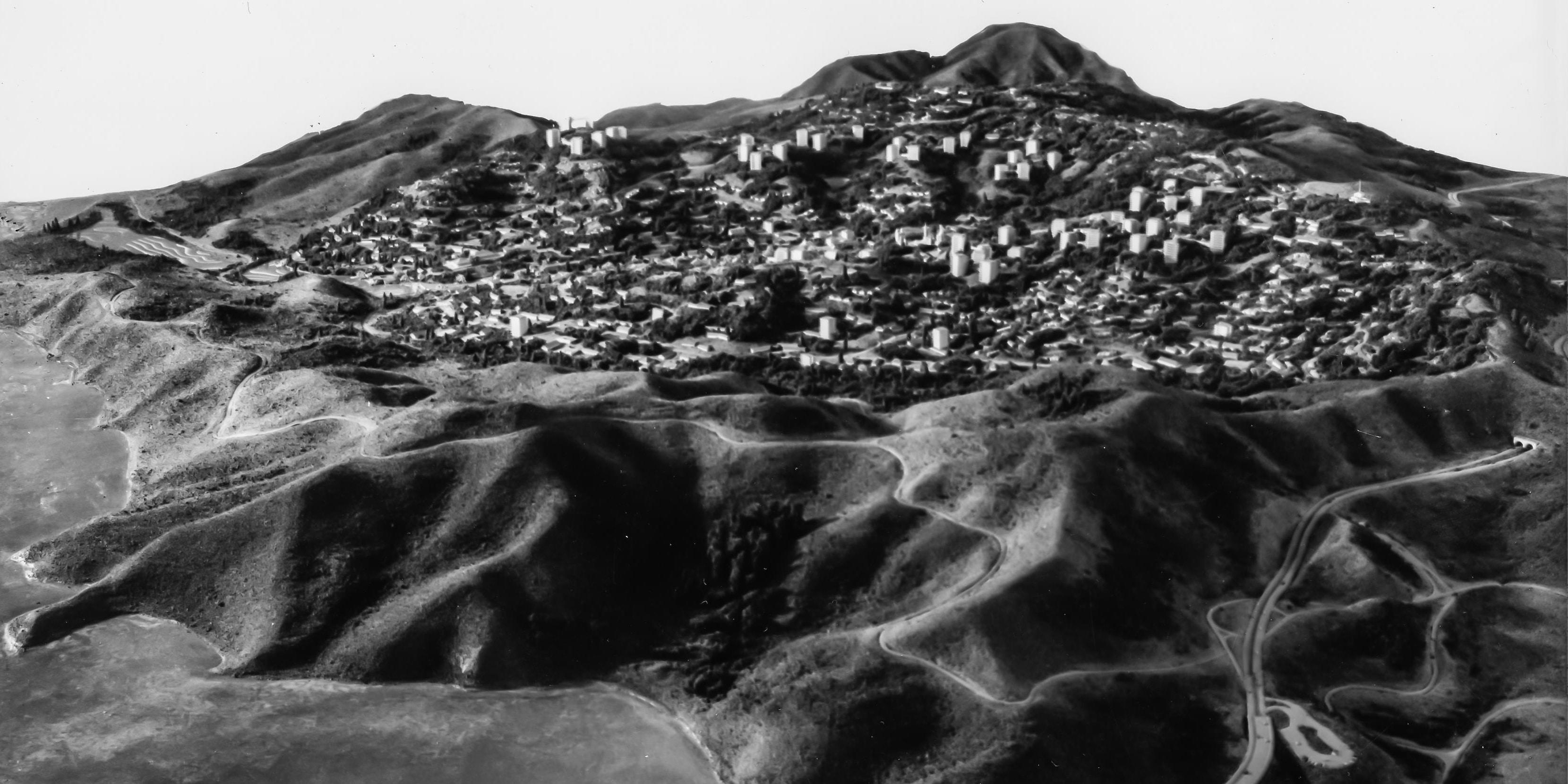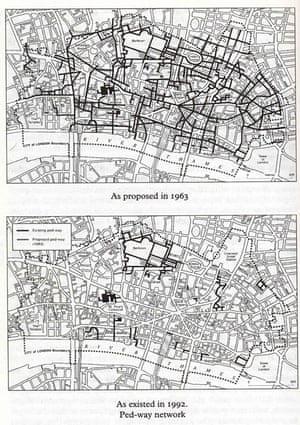kernals12
Banned
History is littered with ideas from architects and planners to remake our cities that never made it off the drawing board for a variety of reasons. What are the ones you wish had been built?

Mine is Marincello, a planned development at the Marin Headlands. It would've provided beautiful views of the bay and easy access to San Francisco. It was cancelled in 1970 due to opposition from residents. And given the Bay Area's dire housing shortage, it should've been built.

Mine is Marincello, a planned development at the Marin Headlands. It would've provided beautiful views of the bay and easy access to San Francisco. It was cancelled in 1970 due to opposition from residents. And given the Bay Area's dire housing shortage, it should've been built.





